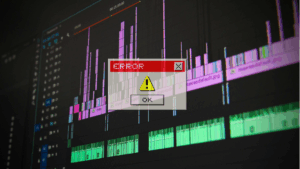The new Auto Triage feature in Conductr AI leverages Root Cause Agent (RCA) to automatically generate and update bug tickets as errors arise and spread across environments. From a developer’s standpoint, this removes repetitive workflows, fewer context switches, and ensures each ticket is rich with error data and real-time propagation updates.
Why Auto Triage Matters to Developers
Conductr’s Auto Triage surfaces the most critical errors instantly and creates a properly prioritized ticket which reduces manual work and improving alignment.
- Errors are grouped by root cause, not environment duplicates.
- Tickets get instant creation when RCA flags a critical error, code lines, and impacted services are included.
- Smart live updates are added as error propagation occurs, so when the same issue appears in staging or prod, the ticket is updated instead of duplicated.
A Day with Auto Triage
- RCA detects error during a test deployment. Auto Triage instantly creates ticket with detailed context.
- As error propagates, Conductr adds comments/updates to the same ticket.
- You open the ticket and everything you need is already there: root cause, severity, code pointers, and environment context.
- In the developers IDE you can even generate a fix using a copilot with all the contextual error data included.
- No redundant tickets, no lost context, no manual copy/paste.
How Auto Triage Speeds Up Developer Workflow
- Ticket ingestion is seamless as your backlog fills with actionable, context-rich issues.
- Fewer context switches means no toggling between logs, email, and trackers.
- Reduced noise by error clustering by root cause keeps the board tidy.
- Faster MTTR because each ticket arrives with full RCA analysis and propagation timeline.
One Unified Flow from Detection to Resolution
From a developer’s point of view, the benefits are immediate and practical. There’s no need to manually copy logs, write summaries, or track errors across multiple systems. Tickets arrive already populated with the information needed to understand and fix the issue. Context is preserved and enriched as the error propagates, reducing the back-and-forth typically required to piece things together. Instead of chasing down information developers can open a ticket and get to work and be confident that everything is up to date and in sync across the entire lifecycle of the bug.



